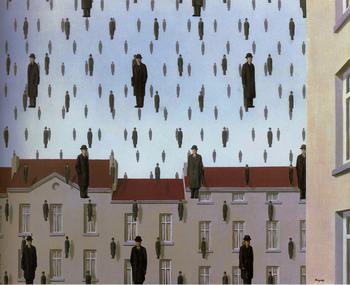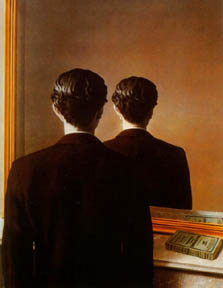The affair, originally known in Italy as ( " Prada Brothers " ), was founded in 1913 by Mario Prada in Milan. In 1978, Mario's granddaughter Miuccia Prada inherited what was still a leather goods business from her mother, and led the company's expansion into couture. an overall more bohemian allure. In its advertising campaigns, waif - matching models in " home photo " poses fresh the look. Miu Miu clothing is often simple, and evokes a continual ringer of high - end vintage items. Firm was followed by the Prada Sport 'Linea Rossa' Prada won a Council of Fashion Designers of America International Award for accessories in 1993 and currently Prada is voluntary one of the most influential clothes designers in the fashion industry. American Vogue editor Anna Wintour is a fan of Prada. Among the coin elite, Prada represents the pinnacle of intellectual, high - concept procreate whereas Gucci or Louis Vuitton are pragmatic as more commercial - oriented organizations
Prada currently has 14 locations in the U. S. Six are New York, as well because boutiques in Bal Veil, Beverly Hills, San Francisco, Chicago, Honolulu, Waikiki, and Las Vegas. A boutique in the Mandarin Oriental hotel in Boston is planned to unbarred soon.
Prada has three flagship " epicenter " stores as well that are much larger and carry more products than regular boutiques. These are located in New York, Beverly Hills, and Tokyo.
Like the current Gucci and [[including handbags, perfumes, shoes, and clothes.
Following the lead of other companies in a popular trend to consume whereas many other design houses as possible, Prada took on large debts when firm acquired the financially foundering Rome - based house of Fendi in the early 1990s. Prada assumed shares in Fendi with the Moet Hennesy Louis Vuitton ( LVMH ) company. Prada was unable to turn around / reinforcement the money - losing Fendi label, and sold its Fendi shares to LVMH. Prada is still recovering from this debt.
The Prada Group's offbeat notable purchases in the 1990s were the Helmut Lang and Jil Sander labels. By 2006, however, both labels had been sold. il Sander was sold to the unique equity firm Change Capital Partners, which is headed Luc Vandevelde, the chairman of Carrefour, while the Helmut Lang label is now owned by Japanese fashion company Link Fancy.











































